Hollandse Kust (zuid)
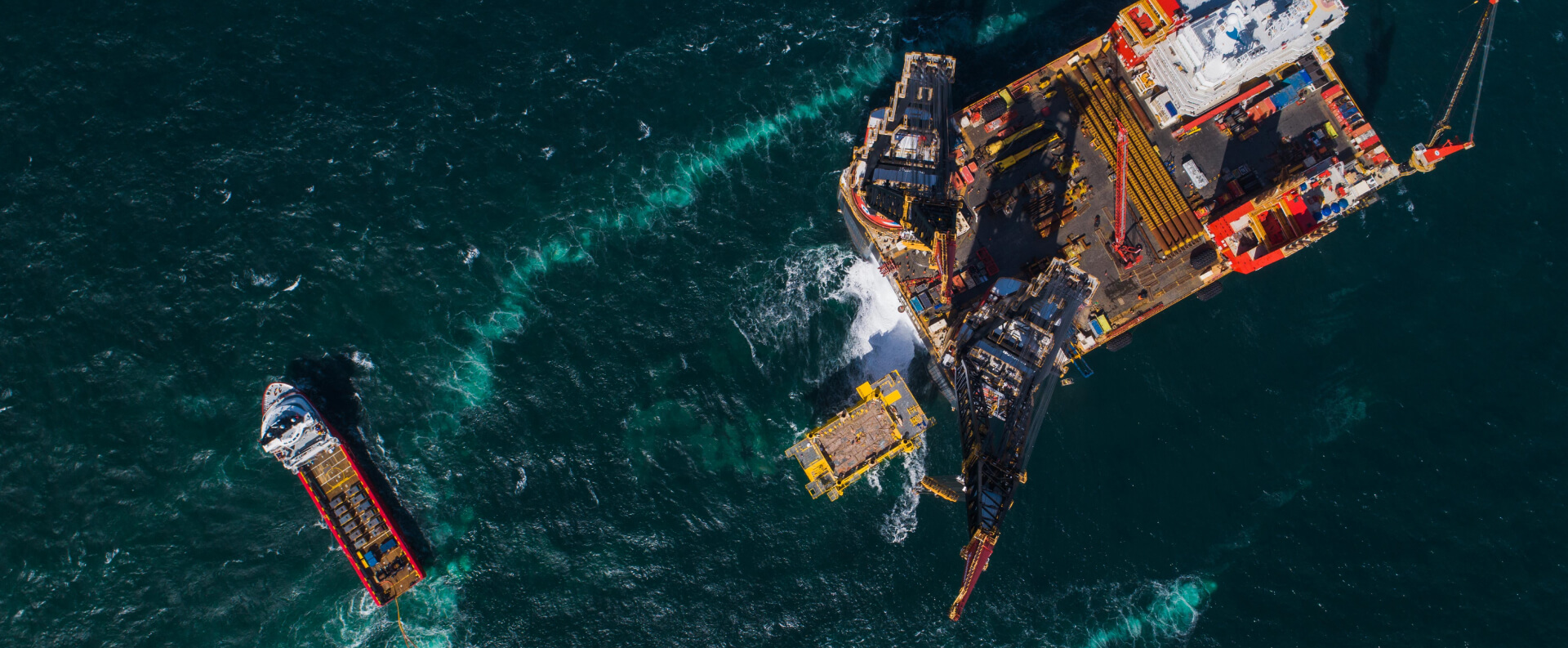
Scope
The scope of works of the Hellenic Cables-Van Oord consortium consists of the design, engineering, manufacturing, offshore, near shore, and landfall installation of the 220 kV sea cables and includes the pull-in and terminations.
In addition to this, Hellenic Cables-Van Oord consortium is also responsible for the design, engineering, manufacturing, and offshore installation of the 66 kV sea cables between the Hollandse Kust (zuid) Alpha and Beta platform up to and including the pull-in and termination on both platforms.
Key Facts
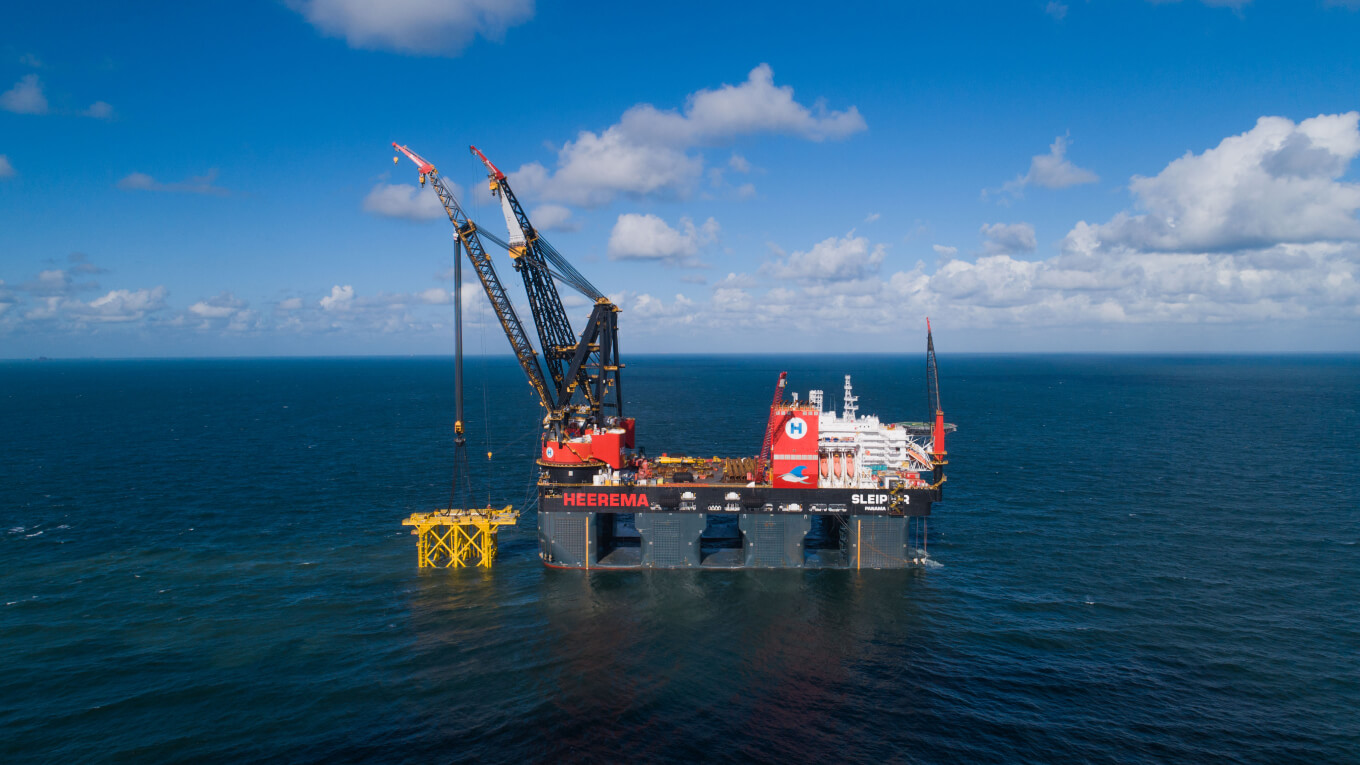
Background
Two wind farms with a joint capacity of 700 MW were developed in the Hollandse Kust (South) wind farm zone, 22 kilometres off the coast of the Dutch Province of South Holland. The client, TenneT, was chosen by the Dutch government to manage the offshore grid. The assignment for the Van Oord-Hellenic Cables consortium covers the design, the manufacture of 220 kV cables, the cable-laying operation, and connecting the wind farm to the Maasvlakte high-voltage station. The 42-kilometre-long connection will run from the offshore Alpha substation to the onshore station located at the Maasvlakte 2 area, Rotterdam.
The Van Oord-Hellenic Cables consortium has also been chosen to deliver and install cables for the Hollandse Kust (South) Beta project. This assignment includes manufacturing and laying a 66 kV marine cable between the Alpha and Beta platforms. The Hollandse Kust (South) Alpha grid connection must be ready by 2021, and the Beta in 2022.
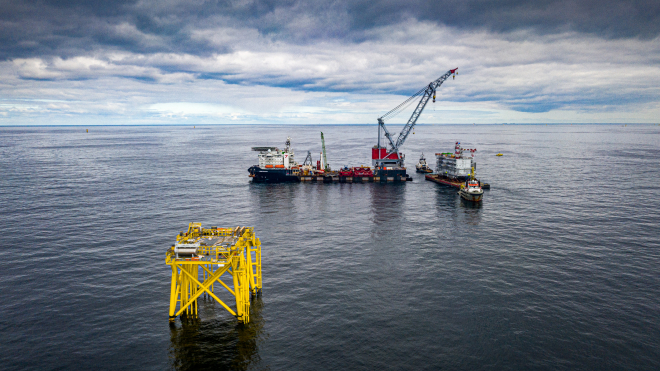
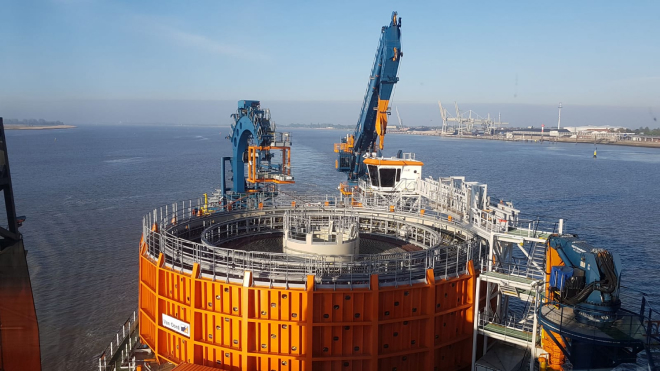
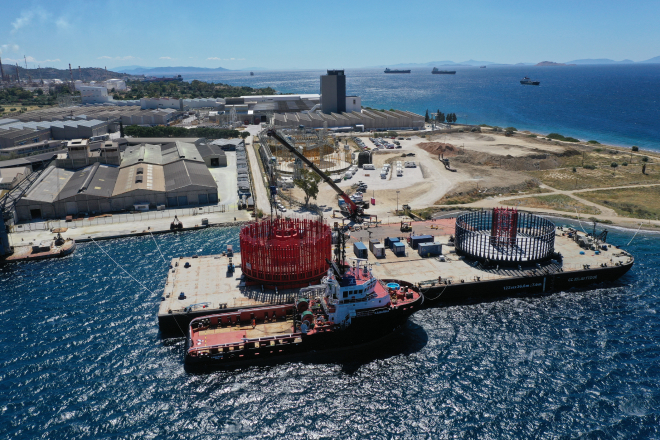
Technical information
The HKZ project consists of two cable circuits, each one comprising of two three-core 220 kV submarine cables. The circuits are associated with the transmission of electrical power from the Alpha and Beta platforms to the shore. In total, four 220 kV three-core submarine cables will be installed between the platforms and the shore. In addition, a 66 kV three-core cable will be employed as a means of establishing a sea cable link between the Alpha and Beta platforms.
Key facts
- Overall manufactured cable length of 160km
- Utilization of non-magnetic austenitic stainless steel round wires in combination with plastic rods in order to minimize cable weight and associated costs
- Trenching operation performed simultaneously with cable laying
- Export cables pulled through HDDs (500m approximately)
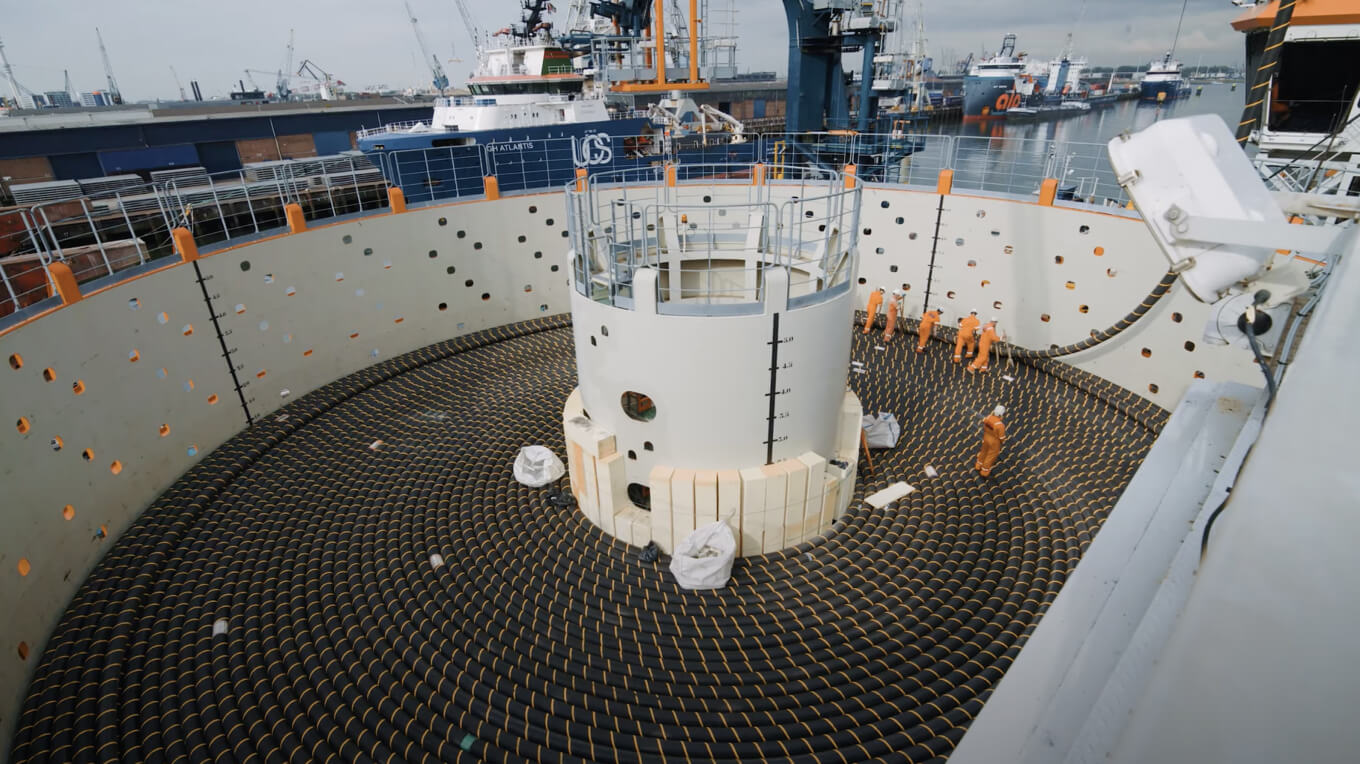
What our people said
” The Hollandse Kust (zuid) project is a great challenge for all the involved parties. The crossing of Maasmond channel (entrance of Rotterdam port), one of the busiest shipping lines of the world, introduced various challenges to the project. The successful laying under this channel in limited timeframe and the protection of the cable in “one pass” to a burial depth of more than 5 meters introduced a new global record for the submarines cable industry. In order to manage all the parts of the project that were being executed in parallel in various countries, our team utilized advanced project management tools and techniques that had been customized for this complex project. A key feature for the success was the implementation of a “continuous improvement methodology” during the execution of a project with such a lengthy duration and the implantation of Lessons Learnt in a real time approach.”
– Chrysovalantis Koutsikos, Project Manager
“...Our team utilized advanced project management tools and techniques that had been customized for this complex project.”
” The Hollandse Kust (zuid) project was a great challenge during production phase. The strict time schedule and the technical requirements made the Hollandse Kust (zuid) project extremely challenging. At Hellenic Cables, the advanced technology & high expertise of long lengths high voltage submarine cables, combined with the “continuous improvement methodology”, are the key pillars in the successful completion of the project.”
– Sotiris Kontaratos, Production Manager